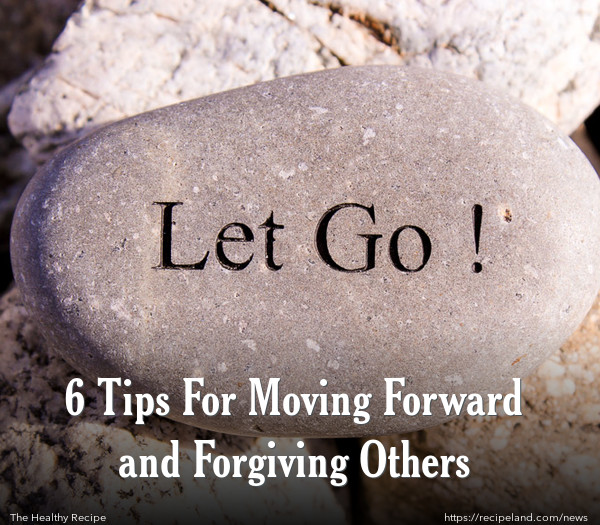When you are under stress and deadlines, you may feel like the bad feelings become exaggerated. Sometimes it is related to a family conflict, other times, you might be recalling being hurt by a friend. Holding on to those bad feelings is not good for your health, but it is not always easy to let them go, either.
Andrea Brandt, Ph.D., MFT, a psychotherapist based in Santa Monica, California, stated, “The act of forgiving can turn something negative into a powerful, life-changing experience.” Brandt offers how to know when it is the right time for you to forgive, and outlines some steps to get to that point.
1. Understand the concept of forgiveness.
True forgiveness is not the same as an apology, and it does not mean forgetting. Brandt explained, “Forgiveness is just accepting what happened. It’s acknowledging and owning your own feelings, and then letting them go.” Think of forgiveness as something you are doing more for yourself than others.
2. Know if you are ready.
You can’t force the issue. It takes time to process hurt feelings, and you need to work through that before you can truly forgive. Brandt says, “You need time to fully experience, examine, and release all the emotions you’re feeling. Trust your body. Visualize what you would say, and if that makes you tense or upset—or like you want to throw up—you’re not ready to forgive.” Brandt says this can take months or years, and each person’s experience will differ.
3. Forgive yourself first.
In any disagreement, it usually takes more than one person to cause a problem. Both parties typically contribute to the problem. Remember that forgiving yourself is a necessary part of being able to forgive others. Brandt says, “Sometimes you have to forgive yourself before you can forgive the other person. That means coming to terms with the fact that no one is perfect—not even you—and that we all make mistakes.”
4. Forgiveness is not always verbal.
In some cases, trying to discuss forgiveness can lead to an opportunity to re-open your original argument. For these situations, forgiveness might be something you deal with on your own, without involving the other person. You can show forgiveness through your actions, such as not avoiding the person when in the same room, or offering to do a small favour. Revisiting is not always a necessary part of forgiveness.
5. But, sometimes it has to be.
Some people already know that they will not be able to truly move on without having a discussion with the other person. If this is the case for you, then you will need to sit down and work out some things with the other person. This takes a different type of emotional strength, and you need to be ready. When you have this discussion, it can be helpful to stick to statements that begin with “I feel,” rather than “you did” statements, which can place blame. Brandt explains, “If you only talk about how you feel or why you did what you did, you’ll stay away from accusations or assigning blame, which can make the other person defensive and trigger arguments.”
6. Establish clear boundaries.
When you forgive someone, you don’t go exactly back to the way things were. Remember, this is how you ended up hurt. You need clear boundaries, such as limiting the time you spend together, or avoiding certain situations that could lead to problems.










Comments
Very practical and helpful. I especially appreciate #6 since this was a work-related maligning of my character. Thank you. Let Go, then Let Go again and again. I desire to move forward with professionalism, wisdom, kindness and peace of mind.